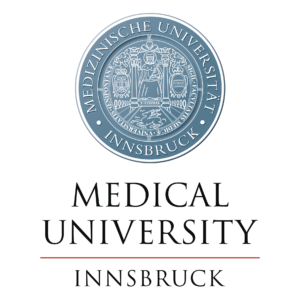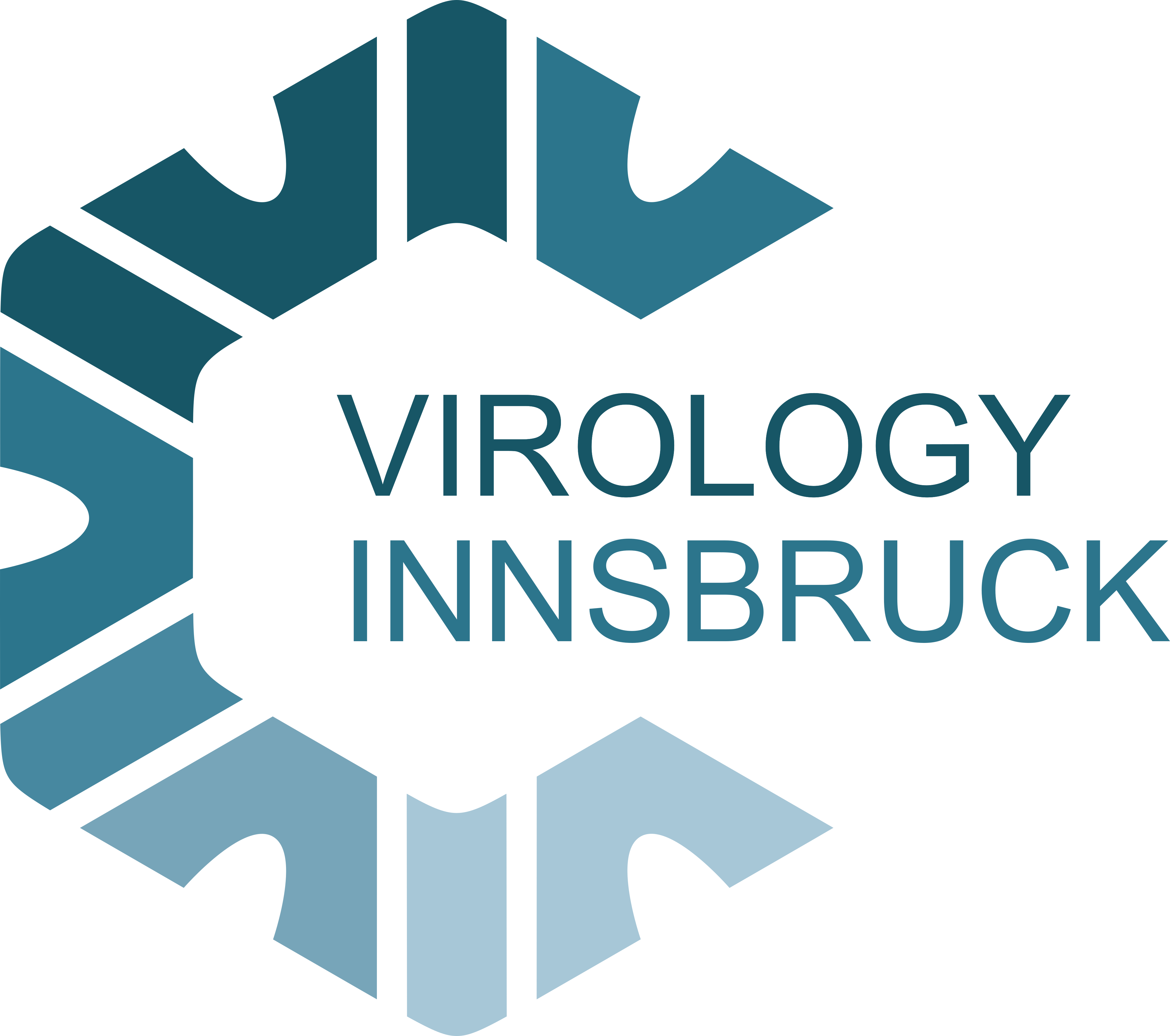October 2024
NewsletterSummary:
-
-
- Human parainfluenza viruses (HPIV) are among the most common causes of severe respiratory infections in children and rank second after RSV for hospital admissions
- The four HPIV types show different seasonal patterns – HPIV-3 is the most common and circulates year-round, while HPIV-1, 2, and 4 occur mainly in autumn and winter
- Typical symptoms are flu-like and include fever, runny nose, sore throat, and cough; HPIV are the most common cause of croup
- Young children (6–48 months), elderly individuals, and immunocompromised persons are particularly at risk
- The Institute of Virology performs daily detection using multiplex PCR, which detects HPIV 1–4 along with 16 other viral and one bacterial pathogen
-
Acute respiratory infections are among the most common causes of illness and death worldwide in children under five years of age. Infections with respiratory viruses are of particular importance. Human parainfluenza viruses (HPIV) are among the most common causes of severe respiratory infections in children and rank second after Respiratory Syncytial Virus (RSV) for hospital admissions due to respiratory infections.
Human parainfluenza viruses can be divided into four groups: HPIV-1 and 2 show seasonal patterns with a peak in autumn and winter. HPIV-1 typically occurs in increased numbers every two years. HPIV-3 is the most frequently detected type, circulating throughout the year with peak values from April to June and in November/December. HPIV-4 also shows a seasonal preference with the highest detection rates in autumn, particularly in October and November. Understanding this distribution is crucial for developing effective vaccines and planning vaccination campaigns.
The incubation period for an HPIV infection is approximately two to seven days after exposure. The most common symptoms are flu-like and include fever, runny nose, sore throat, and cough. HPIV are the most common cause of croup and can also cause bronchitis, bronchiolitis, or pneumonia. Bacterial superinfections may also occur. Young children aged 6 to 48 months, elderly individuals, and immunocompromised persons are particularly at risk.
HPIV infections cause approximately 7% of all hospitalizations in children under five years of age. In adults, particularly elderly individuals and persons with weakened immune systems or pre-existing lung diseases, HPIV infections can lead to severe complications. The main transmission route is airborne, as HPIV remains infectious in droplet form for over an hour.
Diagnostics:
Detection of human parainfluenza viruses 1–4 at our institute is performed using multiplex PCR, which is conducted daily. In addition to human parainfluenza viruses, this test can detect 16 other viral and one bacterial respiratory pathogen (Adenovirus, Bocavirus, Coronavirus 229E, Coronavirus HKU1, Coronavirus NL63, Coronavirus OC43, Human Metapneumovirus A+B, H1N1 pdm09, Influenza A H3, Influenza B, Respiratory Syncytial Virus A+B, Rhinovirus, Enterovirus, Human Parechovirus, and Mycoplasma pneumoniae). Since acute respiratory infections cannot always be clinically attributed to specific viruses, the use of molecular diagnostics via multiplex PCR is of great importance.
For outpatient settings, the costs of multiplex PCR unfortunately cannot be billed to health insurance companies. The private rate is €139. Costs for inpatient patients are covered by hospitals.
Dr.med.univ. Habib Badreddine Benainouna
habib.benainouna@i-med.ac.at
+43 512 9003 71710



